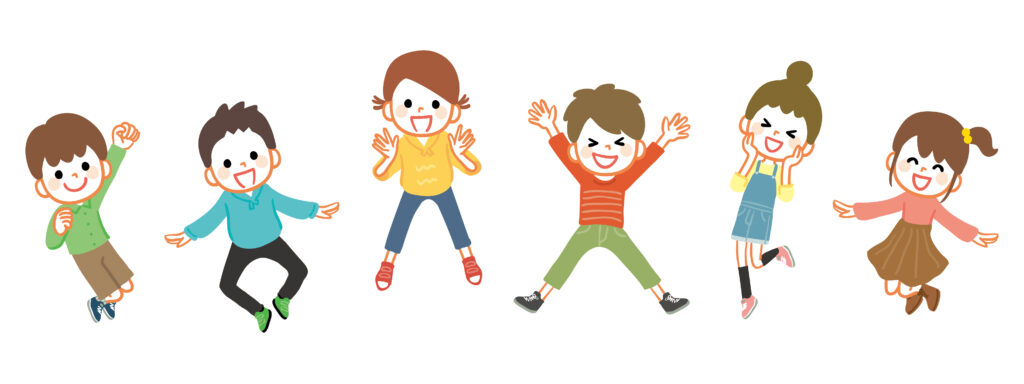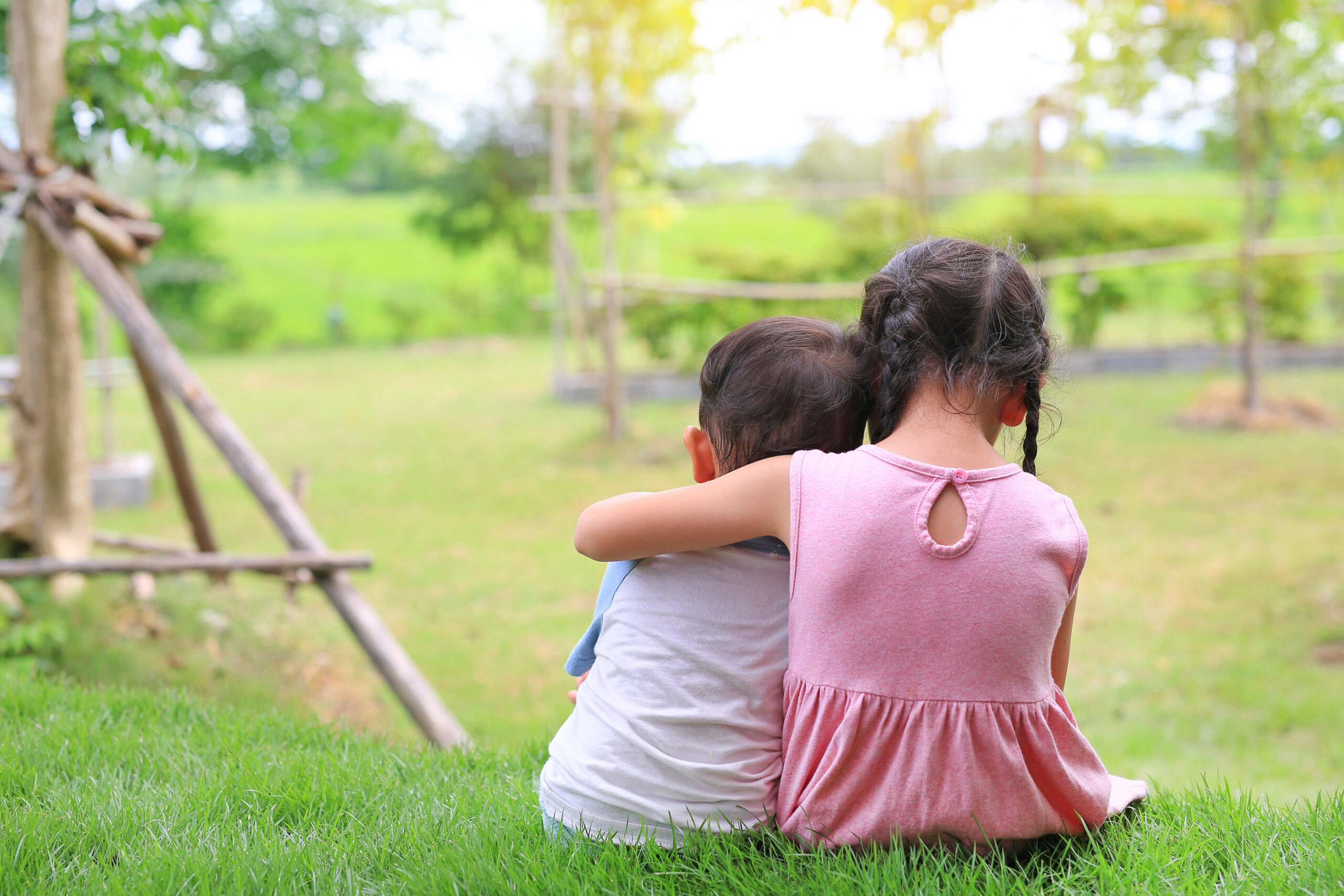Childhood Dementia – What is it?
Childhood dementia, also known as pediatric dementia, is a rare but debilitating condition that affects children and teenagers. It is characterized by a decline in cognitive and behavioral functioning, which can have a profound impact on the child’s development and quality of life. The condition is typically diagnosed between the ages of 3 and 17 and is estimated to affect between 2 and 4 children per 100,000 in the population.

There are several types of childhood dementia, including neuronal ceroid lipofuscinosis (NCL), Sanfilippo syndrome, Batten disease, and Niemann-Pick disease, among others. Each type of childhood dementia is caused by different genetic mutations and can result in specific symptoms and progression patterns.
The symptoms of childhood dementia can vary greatly depending on the type and severity of the condition. Some common symptoms include memory loss, difficulty with planning and problem solving, difficulty with communication and language, decreased motor skills, and changes in mood and behavior. Children with the condition may also experience seizures, vision loss, and trouble with coordination and balance.
The diagnosis of childhood dementia can be challenging, as the symptoms can be similar to those of other developmental and neurological conditions, such as autism, attention deficit hyperactivity disorder (ADHD), and intellectual disability. A comprehensive evaluation by a neurologist, psychologist, and speech therapist is typically necessary to make an accurate diagnosis. This may include a medical history, physical examination, neurological examination, imaging studies, and cognitive and behavioral assessments.
Unfortunately, there is currently no cure for childhood dementia. However, early recognition of the symptoms and prompt evaluation by a medical professional can help improve the child’s quality of life and slow the progression of the disease. Treatment typically involves a combination of medical, educational, and behavioral interventions, tailored to the individual child’s needs and symptoms.
Medical treatments for childhood dementia can include medications to manage symptoms, such as seizures and behavioral disturbances, as well as enzyme replacement therapy for specific types of the disease, such as Sanfilippo syndrome and Niemann-Pick disease. In addition, dietary changes and supplements may also be recommended to help improve the child’s overall health and wellbeing.
Educational interventions for childhood dementia can include special education services and therapies, such as speech therapy, physical therapy, and occupational therapy, to help the child maintain their cognitive and physical abilities for as long as possible. These interventions can also help the child and their family manage the emotional impact of the condition and improve quality of life.
Behavioral interventions for childhood dementia can include counseling and support for the child and their family, as well as behavior modification and management techniques to help the child manage their symptoms and improve their overall functioning. These interventions may also help the child and their family manage the emotional impact of the condition and improve their quality of life.
The symptoms of childhood dementia can vary depending on the type and severity of the condition, but some common symptoms include:
- Memory loss: Children with childhood dementia may have difficulty remembering new information, recalling previously learned information, or recognizing familiar people and places.
- Difficulty with planning and problem solving: Children with childhood dementia may struggle with completing tasks and solving problems, leading to increased frustration and confusion.
- Communication and language difficulties: Children with childhood dementia may have trouble speaking or understanding others, which can impact their ability to interact with others and communicate their needs and feelings.
- Decreased motor skills: Children with childhood dementia may experience a decline in their ability to control their movements, leading to clumsiness, difficulty with fine motor tasks, and difficulty with coordination and balance.
- Changes in mood and behavior: Children with childhood dementia may experience changes in their mood and behavior, including irritability, anxiety, depression, and aggression.
- Seizures: Some children with childhood dementia may experience seizures, which are brief episodes of abnormal electrical activity in the brain.
- Vision loss: Children with certain types of childhood dementia may experience vision loss, including trouble with peripheral vision, night vision, and color perception.
- Difficulty with coordination and balance: Children with childhood dementia may experience difficulty with coordination and balance, which can impact their ability to participate in physical activities and increase their risk of falls.
It is important to note that these symptoms can be similar to those of other developmental and neurological conditions, such as autism, attention deficit hyperactivity disorder (ADHD), and intellectual disability.
Childhood dementia is a rare but debilitating condition that can have a profound impact on the child’s development and quality of life. While there is currently no cure for the condition, early recognition of the symptoms and prompt evaluation by a medical professional can help improve the child’s quality of life and slow the progression of the disease. Treatment typically involves a combination of medical, educational, and behavioral interventions, tailored to the individual child’s needs and symptoms. With the support of their medical team, families, and community, children with childhood dementia can continue to lead happy and fulfilling lives despite this condition.
What Causes Childhood Dementia?
Some of the most common causes of childhood dementia include:
- Genetic disorders: Certain genetic disorders can lead to the accumulation of harmful substances in the brain, which can cause progressive cognitive and behavioral decline. Examples of such disorders include neuronal ceroid lipofuscinosis (NCL) and Sanfilippo syndrome.
- Infections: Certain infections, such as human immunodeficiency virus (HIV) and acquired immunodeficiency syndrome (AIDS), can damage the brain and lead to cognitive and behavioral changes.
- Traumatic brain injury: A severe head injury, such as from a fall or car accident, can cause brain damage and increase the risk of dementia.
- Metabolic disorders: Certain metabolic disorders, such as Krabbe disease and Pompe disease, can cause the brain to deteriorate and lead to cognitive and behavioral changes.
- Toxic exposure: Exposure to certain chemicals, such as lead and mercury, can damage the brain and increase the risk of dementia.
- Neurodegenerative disorders: Some neurodegenerative disorders, such as Batten disease, can cause the brain to deteriorate and lead to cognitive and behavioral changes.
Kufs Disease and Parry’s Disease
Kufs disease and Parry-Romberg syndrome (also known as Parry’s disease) are two rare conditions that can affect children and cause progressive cognitive and behavioral decline.
Kufs disease is a rare form of juvenile neuronal ceroid lipofuscinosis (NCL), a group of genetic disorders that cause the buildup of harmful substances in the brain. This buildup can cause progressive cognitive decline, as well as other symptoms such as seizures, visual impairment, and behavioral changes.
Parry-Romberg syndrome is a rare neurodegenerative disorder that causes the gradual deterioration of the skin, subcutaneous tissue, and bone in one side of the face. The condition can also cause progressive cognitive decline and behavioral changes, as well as other symptoms such as seizures and vision loss.
Both Kufs disease and Parry-Romberg syndrome can be diagnosed in childhood, and the exact age of onset can vary greatly from one individual to another. A comprehensive evaluation by a neurologist and genetic counselor is typically necessary to make an accurate diagnosis and develop an appropriate treatment plan.
These conditions are extremely rare, and most children do not have them. However, early diagnosis and appropriate care can help children with Kufs disease or Parry-Romberg syndrome lead happy and fulfilling lives.





